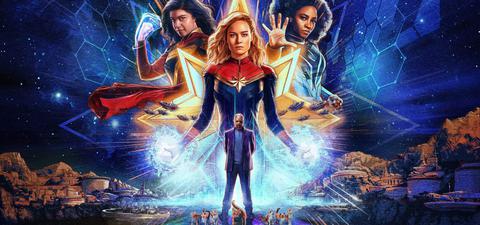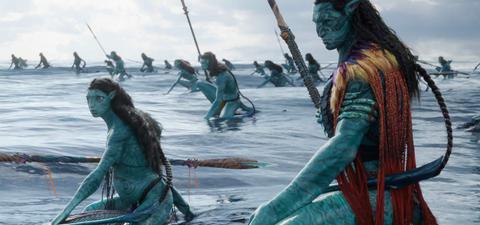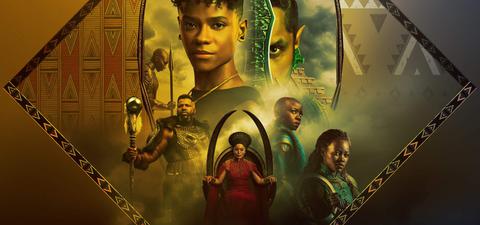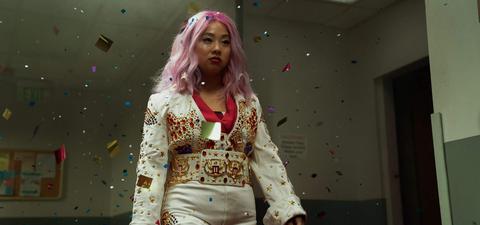Trailers Vs. Movies: Godzilla (2014)
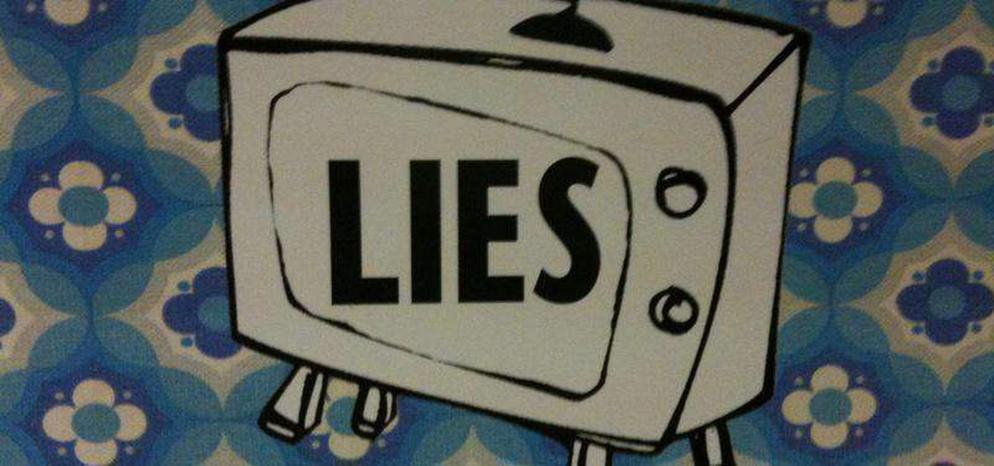
The constrained format of movie trailers often highlight the power of editing more than the full length features they represent. Careful editing can entice an audience to attend a film due to the perceived stylistic content of the movie. A captivating trailer can make or break the success of an opening weekend. Follow along with a look at Godzilla (2014) to see just how an inaccurate trailer can devastate the bottom line of a movie.
Godzilla is a reboot of a classic international property that used multiple trailers for different markets. This creates the perfect circumstance to examine how a trailer influences the sales within a specific market and how differing trailers can net different turnouts. Both the American and Asian audiences turned out in droves for the opening weekend, showing a high amount of anticipation. With the follow up weekend being the best indicator of audience satisfaction, these two regions can be fairly compared.
For the second weekend on, Godzilla had consistent and severe diminishing returns in the American market. Such a severe drop has never been matched by a film that earned over 90 million on its opening weekend. Due to trailers being essential in setting the expectations of an audience, the likelihood that unmet expectations were the largest factor in the drop is high. This suspicion is all but confirmed by the success enjoyed in other regions, such as Asia, where trailers set an entirely different expectation for the film.
Godzilla revolves around Aaron Taylor-Johnson’s character and his military escapades trying to stop, not Godzilla, but another giant raging monster. The plot alternates focus between the military (focused on Taylor-Johnson) and the civilian responses (focusing on Elizabeth Olsen). The opening sequence focuses on Bryan Cranston’s character with only bits of dialogue and flashbacks thereafter. Ken Watanabe, while present for the whole film, is largely reduced to a point of plot exposition. Godzilla finally arrives (an hour in) in order to save the day. In America, the trailer presented voice overs from the most recognizable actors (Ken Watanabe and Bryan Cranston) suggesting they’re responsible for the threat of Godzilla. Olsen’s role as Taylor-Johnson’s wife is nearly invisible in the trailers, despite having more screen time than Cranston. Audiences are egregiously and purposefully mislead by the trailer presenting Godzilla himself as the threat. The primary conflict isn’t about Godzilla at all, but rather another giant monster which Godzilla eventually rises to fight. That monster unleashed very early in the film yet largely hidden from the trailer.
The trailer for the Asian markets is quite different with the villainous monster shown multiple times and portrayed as the primary threat. Taylor-Johnson’s character is established as the human most involved in stopping the threat. There are clear indications that Godzilla has arrived to fight the other monster. Both Cranston and Watanabe’s characters are given a more appropriate representation of lines in this trailer.
In the end, Godzilla did quite well in the Asian market, drawing attention to the difference between them and the the American market in previous Godzilla films. Historically, the American version of Godzilla movies have had their content altered and also edited to portray Godzilla as an extreme danger needing military intervention. Japanese versions highlighted Gojira (the Japanese name) as a defender of the natural way, conflicting with humans over ecological abuse. Americans expected a villainous Godzilla, and that was exactly what the trailers sought to deliver. The unconventional style caught American audiences by surprise, causing them not to return the following weekend.
Few films have the luxury of giant international audiences to save them from marketing mistakes as Godzilla did. Such large discrepancies are not easily explained away by cultural differences. The overwhelming success it enjoyed in markets that had an accurate trailer suggests the film’s overall quality is satisfactory. The only markets that lacked in sales were the ones with misleading trailers.
It’s too easy to say this trailer resulted in a good movie not getting the reception it deserved. Failure to meet viewer expectations can leave a movie watcher spurned on an otherwise enjoyable experience. Honesty isn’t nearly as important in trailers as is presenting reachable expectations so that audiences are consistently satisfied. Hollywood still hasn’t figured that one out yet.

